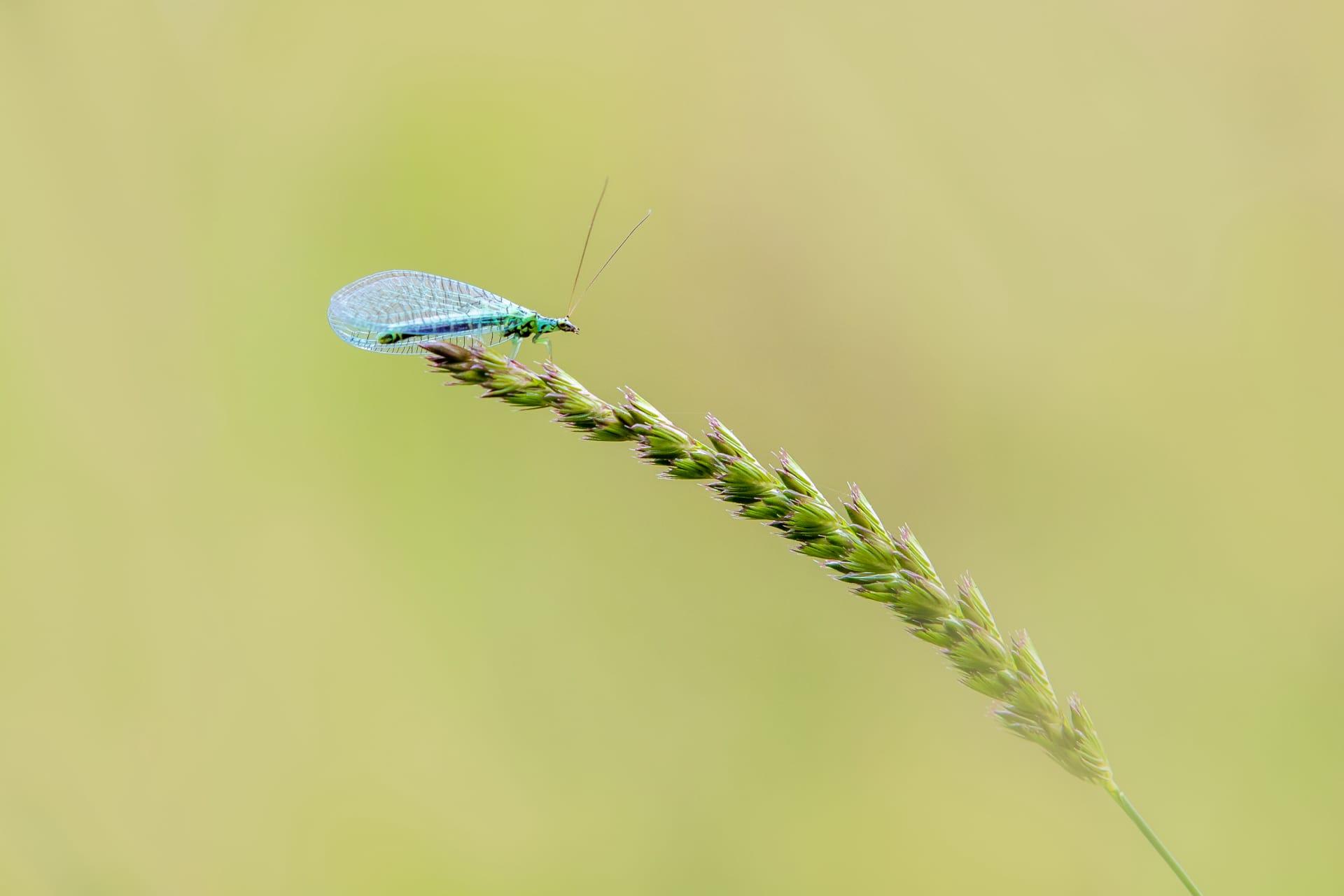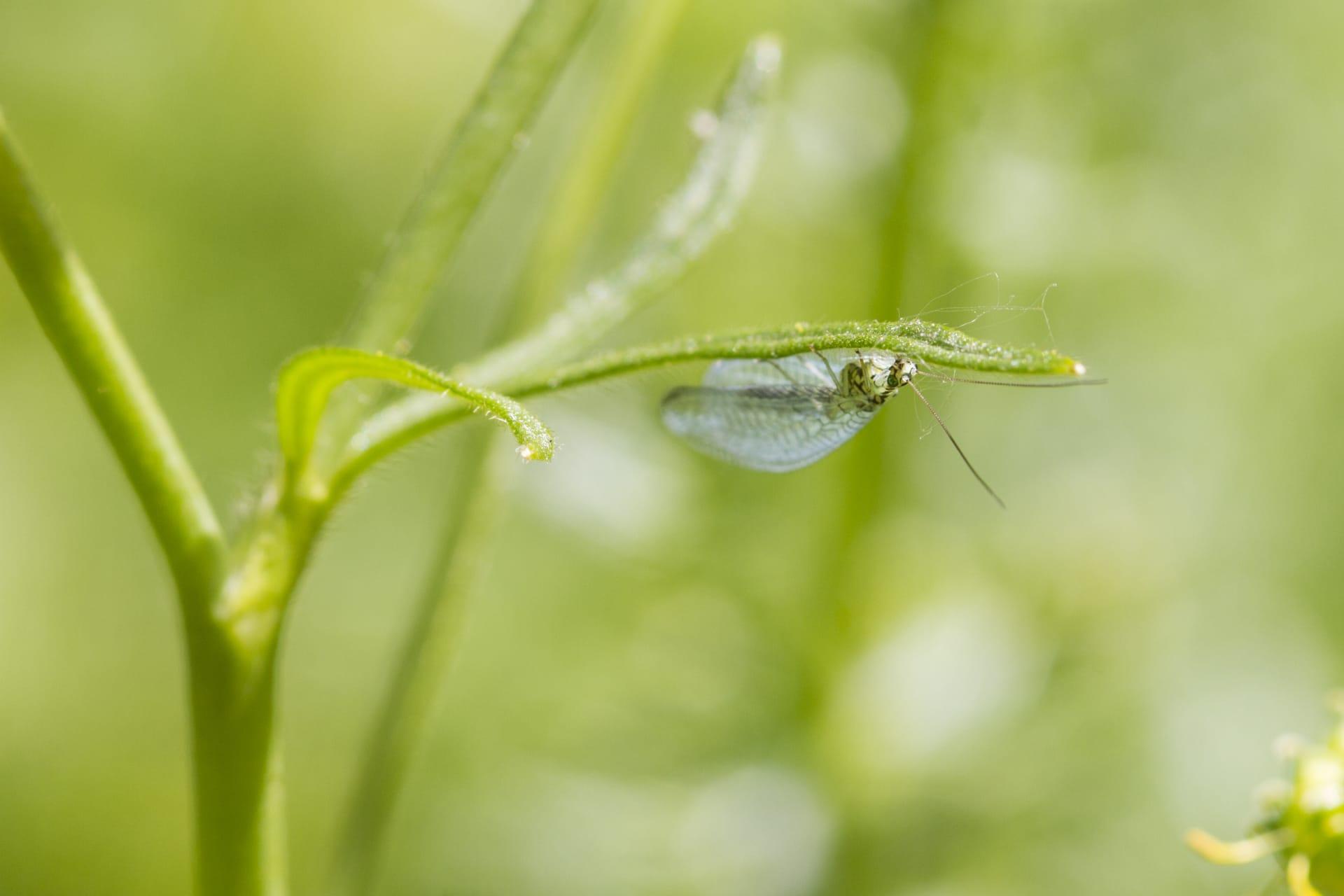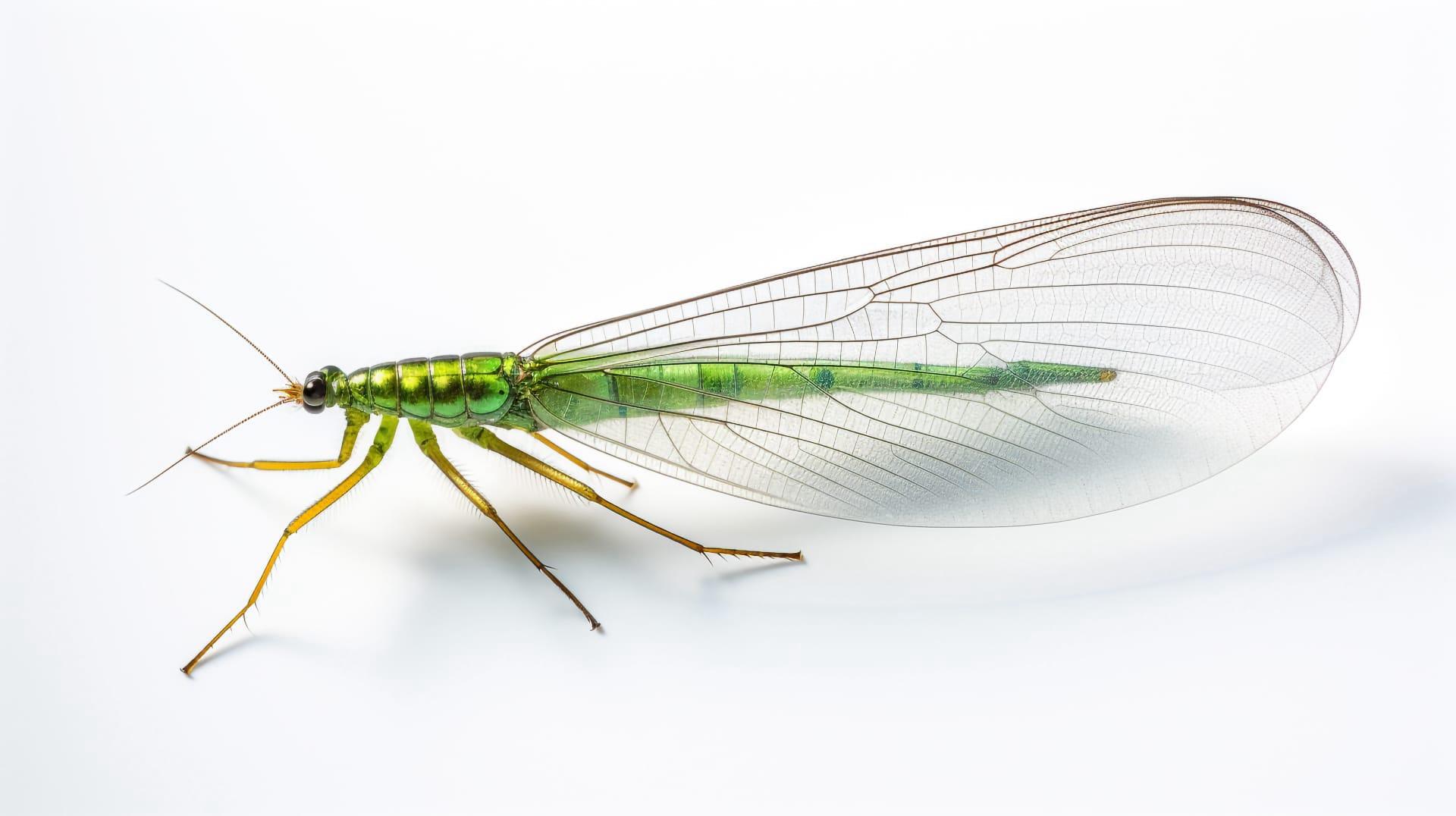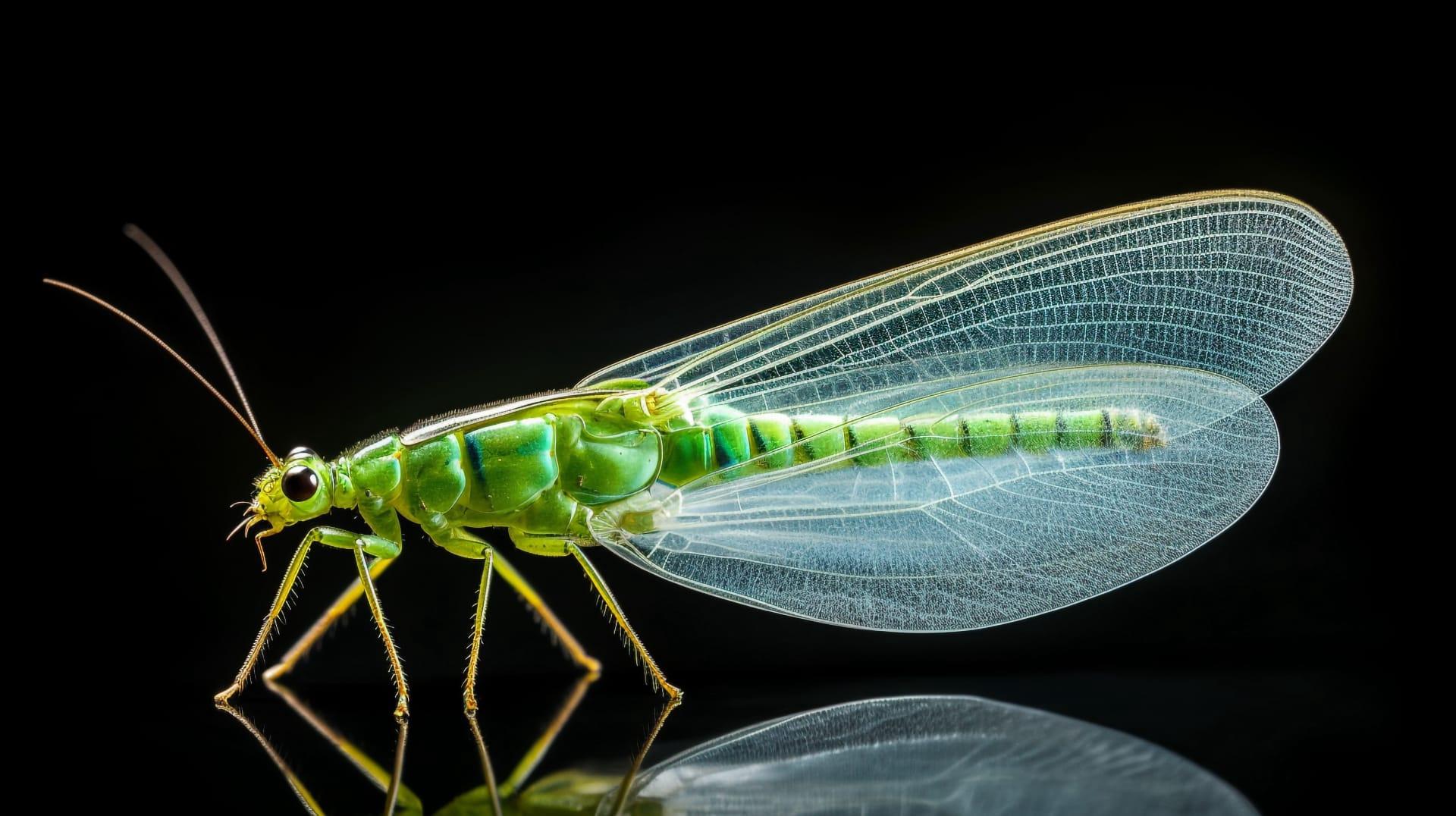1
Lacewings, with their delicate, transparent wings and slender bodies, are not just garden beauties, they're fierce predators in the insect world. A single lacewing larva, resembling a tiny alligator, can devour up to 200 aphids or other pest insects per week. These voracious appetites make them a natural pest control agent, invaluable in maintaining a healthy garden ecosystem. Their hunting strategy is stealth and speed, using their curved mandibles to snatch unsuspecting prey.
Besides their predatory skills, lacewings are also remarkable for their distinctive egg-laying habit. A female lacewing deposits her eggs on the very tips of hair-like stalks, each about 1 cm long. This unique strategy reduces the chances of the first-hatched larvae eating their siblings, a common occurrence in the insect world. This adaptation showcases an extraordinary balance of nature – the nurturing of the next generation while managing survival in a world full of predators.

2
Have you ever heard a faint, rhythmic tapping on a summer night? That might be a male lacewing serenading potential mates. Male lacewings vibrate their abdomens while perched on a leaf, creating a subtle but distinct 'song' unique to their species. This love serenade is a critical part of their mating ritual, and each species of lacewing has its own tune, ensuring they attract the right mate.
Another fascinating aspect of lacewings is their role in forensic entomology. Due to their predatory nature and specific habitat preferences, lacewings can provide crucial information in criminal investigations. The presence of lacewing larvae on a corpse can help forensic scientists determine the time and place of death. This is because lacewings are typically found in specific environments and their development stages are well-documented, providing a timeline for investigators.

3
Lacewings are not only predators but also pollinators. While adult lacewings primarily feed on nectar, honeydew, and pollen, their interaction with flowers contributes to pollination. This often overlooked role highlights the dual importance of lacewings in ecosystems as both pest controllers and pollinators.
Their striking green or brown coloring isn't just for show. Lacewings use their coloration for camouflage. Green lacewings blend seamlessly with foliage, while brown species mimic dead leaves. This color adaptation protects them from predators and allows them to ambush prey effectively. The transparency and vein patterns of their wings further aid in their disguise, making them nearly invisible when resting on leaves or twigs.

4
Lacewings have a worldwide distribution, but they are particularly abundant in temperate and tropical regions. There are over 2,000 species of lacewings, each adapted to specific environmental conditions. This wide distribution and diversity reflect their adaptability and the ecological niches they occupy.
Did you know that lacewings undergo complete metamorphosis? This means they transform entirely from egg to larva, then to pupa, and finally to adult. The larval stage is the most active for feeding and growing, while the pupal stage, often inside a cocoon spun by the larva, is a time of transformation. This process is a fantastic display of nature's ingenuity, with each stage uniquely adapted to survival and growth.

5
Lacewing larvae have a unique way of disguising themselves. They often cover themselves with debris, including the remains of their prey, to hide from predators and to get closer to their prey. This 'trash-carrying' behavior is a clever survival strategy in the competitive world of insect predation.
The environmental impact of lacewings is significant yet often underestimated. By controlling pest populations naturally, they reduce the need for chemical pesticides, which can harm other beneficial insects and the wider environment. This makes lacewings not only fascinating but also incredibly important for sustainable agriculture and garden health.